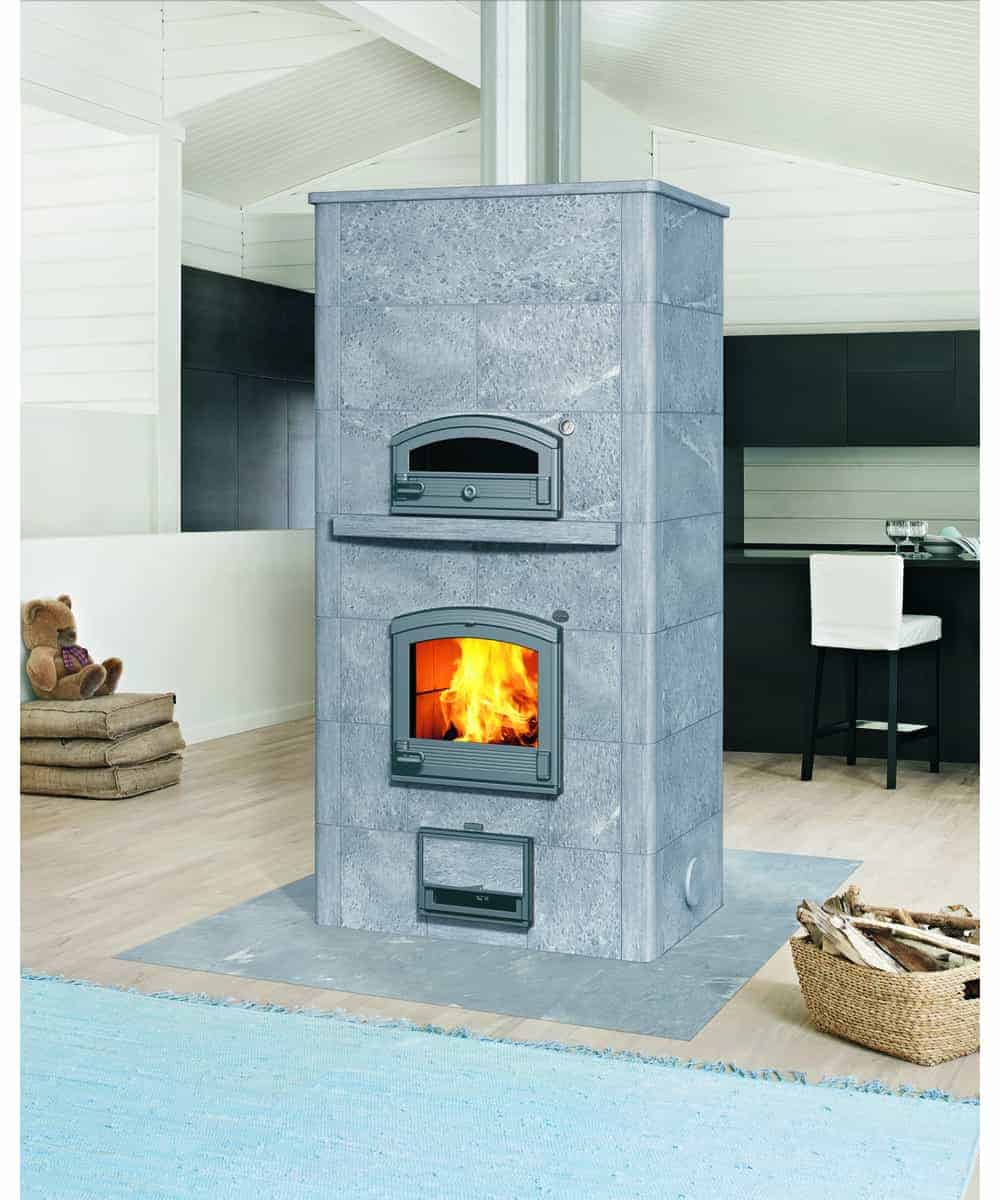FestitaMakool said:
1. I live in a very cold climate, at least during winter. In the more extreme I’ve noticed on concrete footings there might be 4” foam. But on garages usually 2”. They seek to burry it as low as possible, and even a strip at a slope below lowest level to hinder the frost to travel further down and in.
2. As I did now, we (some) do footings in a material called Leca. It’s clay balls bound with concrete. Incredibly strong and since it has a lot of trapped air cavities it does also insulate very well.
Then, we tend to back fill with gravel or Leca in fluid form, covering with breathing cloth material to prevent soil to drain and mix in. This leaves the area around the footing to breathe, drain water and even insulate further.
3. Love the shiny corner protections - a Cheese expected treat [big grin]. Still, you know they won’t disintegrate [wink].
4. I’m curious how they solve the cladding. We make sure that any water ingress behind the cladding is secured by boards and bitumen/asphalt based flexible “foil” lead with overlap at every junction leading the water out from the wall, as low as over any footings and foam boards. This does also wind proof.
5. Love the dogs! They do look very alike.. even the expression of a happy face [smile]
Festita you've brought up some very interesting questions. [smile] Too many I may add. [big grin]
1. As the winter is starting to set in, the grade around the footings is what it is until spring, the downward sloping foam board sections to prevent frost being driven further into the ground are interesting. I have 4 months to noodle on that suggestion/improvement. Renting a Toro Dingo for a day would take care of that situation. [big grin] Curious how far that sloped foam board needs to project from the footings?
2. Leca...I'm clueless but interested, the Europeans always seem to have a head-start on some of these newer techniques/materials.
3. Ya, 18 gauge stainless corners aren't going anywhere. I actually wanted 20 gauge but couldn't find a source.
4. I don't quite follow the cladding discussion, my assumption is that the OSB will be covered with Tyvek or the equivalent before the siding is applied.
When I resided the house with clear, vertical grain cedar bevel siding, I was told Tyvek and cedar didn't play well together so I used the old standby...asphaltic felt.
The garage will be using Hardieplank bevel siding so Tyvek shouldn't be a problem. Probably just another up-charge. [blink]
5. The dogs...what more needs to be said? The maintenance costs are high but the ROI is incredible...a person couldn't ask for more pure joy.


















